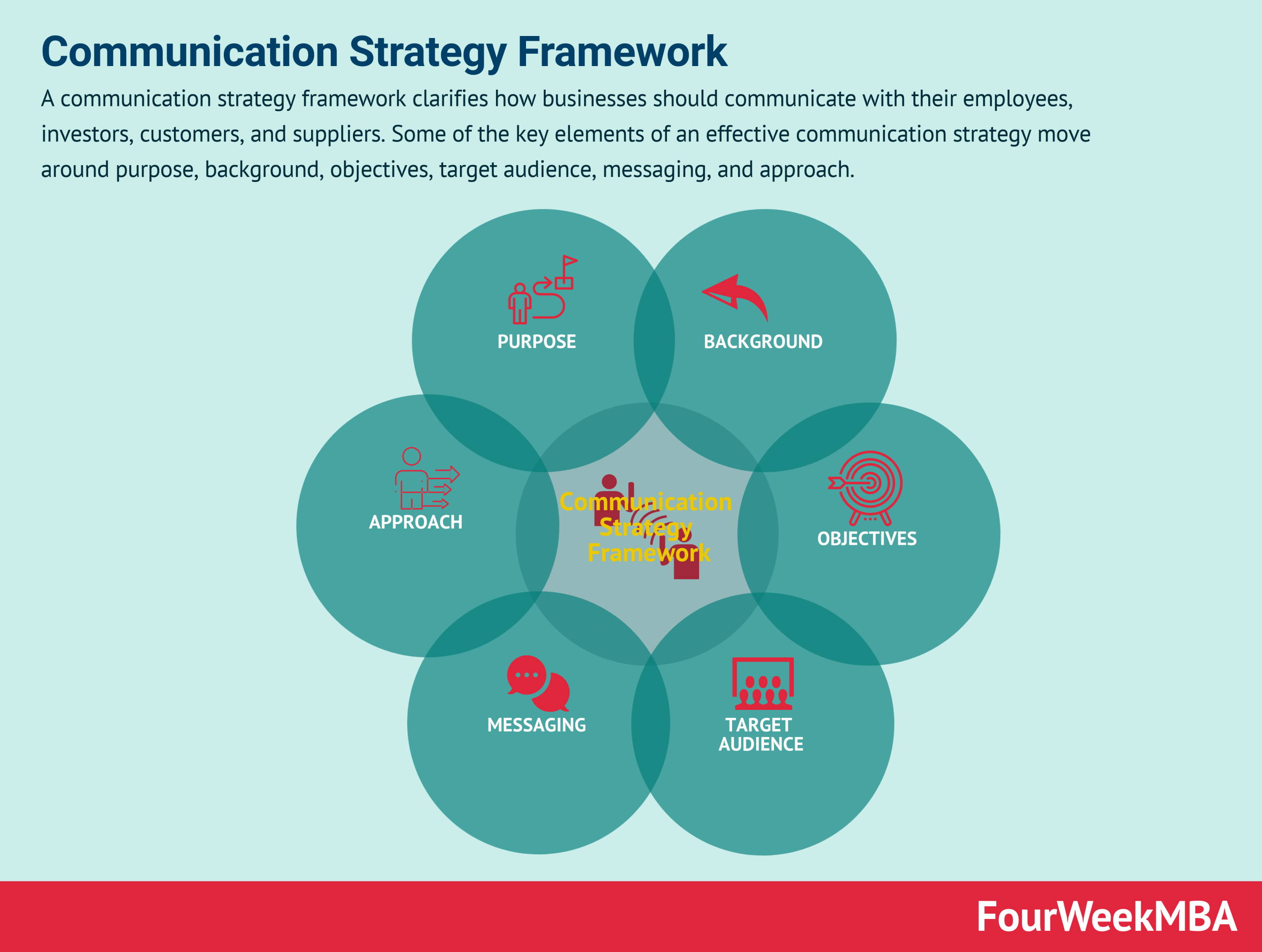Unlocking the Power of "Why": A Guide to Communicating Your Product’s Value

As an interior design and architectural expert, I understand the importance of clearly communicating the value of a product or service. It’s not just about listing features; it’s about connecting those features to the desires and aspirations of your ideal customer. To do that, we need to understand what truly motivates them and how your product or service fulfills those needs.
Let’s start by dissecting the concept of "features" and "benefits". While they are often used interchangeably, they represent distinct aspects of your offering:

Features: These are the tangible aspects of your product or service. Think of them as the building blocks. For example, a kitchen countertop might have the feature of being made of granite.
Benefits: These are the intangible outcomes or advantages that your customer receives by using your product or service. The granite countertop, for example, offers the benefit of durability and elegance.
The Key: Connecting Features to Benefits

The real magic happens when you bridge the gap between features and benefits. This is where you transform a list of specifications into a compelling story that resonates with your customer. Let’s use the example of a custom home floor plan:
Feature: Open-concept living space
Benefit: Promotes a sense of connection and flow between family members, ideal for entertaining guests, and creates a more spacious feel.

Feature: Large windows
Benefit: Maximizes natural light, creating a bright and airy atmosphere, and offers stunning views of the surrounding landscape.

Feature: Energy-efficient appliances
Benefit: Reduces utility bills, minimizes environmental impact, and contributes to a sustainable lifestyle.

Crafting Your Narrative: The "Why" Behind Your Product
Now that we’ve explored the connection between features and benefits, let’s dive into the "why" – the emotional and aspirational drivers that truly connect with your customer. Here’s a framework to help you craft your message:

1. Define Your Ideal Customer:

- Demographics: Age, gender, income level, family size, lifestyle.
- Psychographics: Values, interests, aspirations, personality traits.
- Pain Points: What are their challenges or frustrations?
- Desires: What are their hopes and dreams?


2. Identify the Core Values of Your Product:
- Functionality: How does your product solve problems or make life easier?
- Aesthetics: How does your product enhance the visual appeal of a space or contribute to a desired atmosphere?
- Sustainability: Does your product promote environmental responsibility or resource conservation?
- Emotional Connection: How does your product evoke feelings of comfort, joy, or security?



3. Connect the Dots: Features, Benefits, and Values
- Feature: A custom home floor plan designed with a dedicated home office space.
- Benefit: Provides a quiet and productive environment for working from home.
- Value: Empowers your customer to achieve work-life balance and maintain a sense of professionalism.
4. Use Powerful Storytelling:
- Visuals: High-quality images and videos that showcase the features and benefits of your product.
- Testimonials: Share real stories from satisfied customers who have experienced the positive impact of your product.
- Emotional Language: Use words that evoke feelings and create a connection with your customer.
Example: A Custom Home Floor Plan for a Growing Family
Ideal Customer: A young family with two children who are looking to move into a larger home that offers both functionality and style.
Pain Points: Limited space, lack of dedicated play areas, desire for a home that reflects their growing family’s needs.
Desires: A spacious and comfortable home that encourages family bonding and offers opportunities for growth and development.
Features:
- Open-concept living area: Connects the kitchen, dining room, and living room, creating a central hub for family gatherings and entertaining.
- Dedicated playroom: Provides a safe and stimulating space for children to play and learn.
- Separate bedrooms for each child: Offers privacy and personal space for each child to grow and thrive.
- Master suite with ensuite bathroom: Creates a private sanctuary for parents to relax and recharge.
Benefits:
- Promotes family bonding: The open-concept living area fosters a sense of connection and togetherness.
- Provides a dedicated space for children: The playroom allows children to express themselves creatively and develop their social skills.
- Offers privacy and comfort: Separate bedrooms and the master suite provide personal space for each family member.
- Creates a functional and stylish home: The custom floor plan balances functionality with aesthetics, ensuring a comfortable and visually appealing space.
Values:
- Family: The floor plan prioritizes family time and creates a welcoming environment for everyone.
- Growth: The spacious bedrooms and dedicated playroom provide opportunities for children to grow and develop.
- Comfort: The open-concept living area and master suite offer a comfortable and relaxing atmosphere.
- Style: The custom design reflects the family’s unique style and personality.
Storytelling:
- Visuals: Show images of the open-concept living area, the dedicated playroom, and the spacious bedrooms.
- Testimonials: Include testimonials from families who have built their dream homes using your custom floor plans.
- Emotional Language: Use words like "connection," "comfort," "growth," and "family" to evoke feelings and create a connection with your customer.
Remember: Your goal is to go beyond simply listing features. You want to paint a picture of how your product or service will transform your customer’s life. By understanding their needs, desires, and aspirations, you can create a compelling narrative that resonates with their hearts and minds.

